Introduction
In the mesmerizing realm of reptiles, snakes stand out as captivating and diverse creatures, each species exhibiting a unique set of characteristics, behaviors, and adaptations. This article aims to unveil the intriguing world of snakes by providing a brief overview of ten distinct types, ranging from the docile Ball Python to the formidable King Cobra. Through exploration of their sizes, temperaments, habitats, and distinctive features, readers will gain insight into the fascinating tapestry of snake diversity, appreciating these serpentine wonders that have intrigued and fascinated humanity for centuries. Join us on a journey through the captivating landscapes inhabited by these remarkable reptiles as we unravel the essence of each species, shedding light on their roles in ecosystems and cultural significance.
Here are details about various types of snakes, representing a mix of species with different characteristics, habitats, and geographical distributions:
-
Ball Python (Python regius):
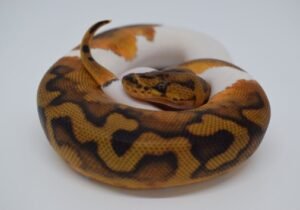
- Size: 3-5 feet
- Temperament: Docile and gentle
- Habitat: Native to West and Central Africa, often found in grasslands and savannas.
- Distinctive Features: Recognizable by their striking patterns and ability to curl into a ball when stressed.
-
Corn Snake (Pantherophis guttatus):
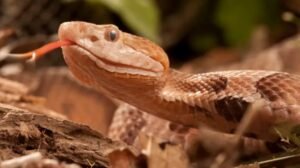
- Size: 3-5 feet
- Temperament: Docile and active
- Habitat: Native to North America, ranging from New Jersey to the Florida Keys and west to Louisiana.
- Distinctive Features: Vibrant colors, easy to handle, and popular among snake enthusiasts.
-
King Cobra (Ophiophagus hannah):
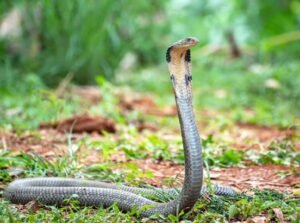
- Size: 10-13 feet (largest venomous snake)
- Temperament: Generally aggressive
- Habitat: Found in forests of Southeast Asia, known for their potent neurotoxic venom.
- Distinctive Features: Elongated hood and the ability to rear up, showcasing their threatening appearance.
-
Rattlesnake (Crotalus spp.):
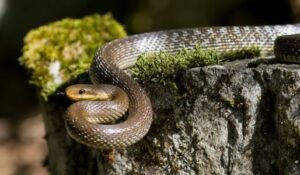
- Size: Varies by species (2-7 feet)
- Temperament: Can be defensive and aggressive when threatened
- Habitat: Native to the Americas, commonly found in deserts and grasslands.
- Distinctive Features: Recognized by their rattle, a series of interlocked segments at the end of the tail.
-
Green Tree Python (Morelia viridis):

- Size: 4-6 feet
- Temperament: Arboreal and can be defensive
- Habitat: Native to New Guinea, Indonesia, and Australia, dwelling in rainforests and tropical areas.
- Distinctive Features: Bright green coloration, prehensile tail, and often coiled around branches.
-
Anaconda (Eunectes spp.):
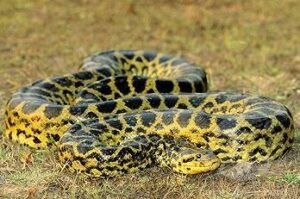
- Size: Varies by species (commonly over 20 feet)
- Temperament: Generally non-aggressive unless provoked
- Habitat: Found in South America, primarily in aquatic environments like swamps and rivers.
- Distinctive Features: One of the heaviest and largest snake species, known for powerful constriction.
-
Garter Snake (Thamnophis spp.):

- Size: 1-4 feet
- Temperament: Active and adaptable
- Habitat: Distributed across North America, often found near water sources.
- Distinctive Features: Varied color patterns and a preference for aquatic environments.
-
Black Mamba (Dendroaspis polylepis):
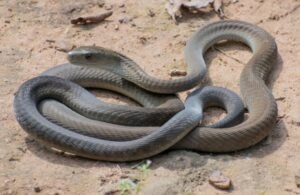
- Size: 8-14 feet
- Temperament: Highly aggressive and fast-moving
- Habitat: Native to eastern and southern Africa, residing in savannas and rocky areas.
- Distinctive Features: Slender body, speed, and potent neurotoxic venom.
-
Gaboon Viper (Bitis gabonica):

- Size: 4-6 feet
- Temperament: Generally sluggish but can strike rapidly
- Habitat: Found in rainforests and savannas of sub-Saharan Africa.
- Distinctive Features: Largest fangs of any snake, distinct triangular head, and intricate camouflage.
-
Eastern Diamondback Rattlesnake (Crotalus adamanteus):

- Size: 3-6 feet
- Temperament: Can be defensive, known for rattling sound when threatened
- Habitat: Native to the southeastern United States, often found in pine forests and coastal plains.
- Distinctive Features: Largest venomous snake in North America, with diamond-shaped patterns.
These details provide a glimpse into the diverse world of snakes, showcasing their unique characteristics and adaptations to various environments.
Learn more about Green Anaconda.

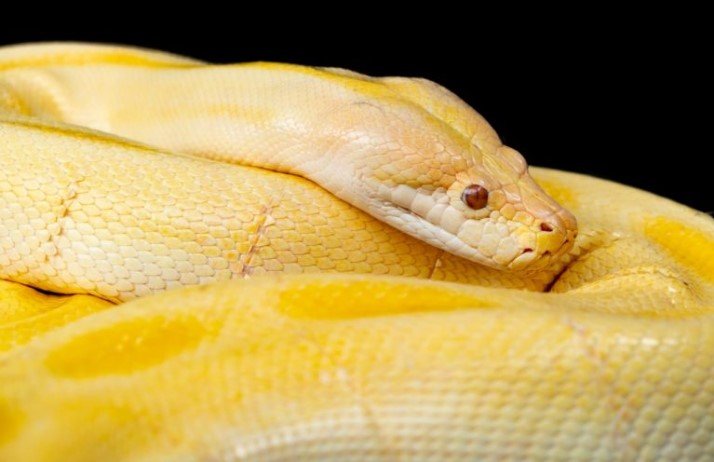
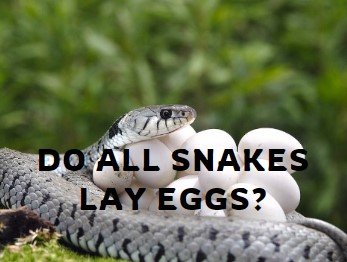
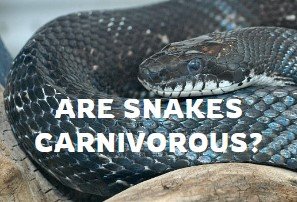
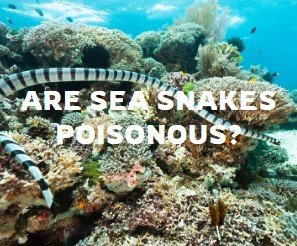
Leave a Reply